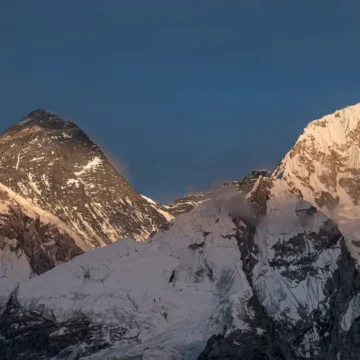
Drone Permits in Nepal: Things You Need to Know
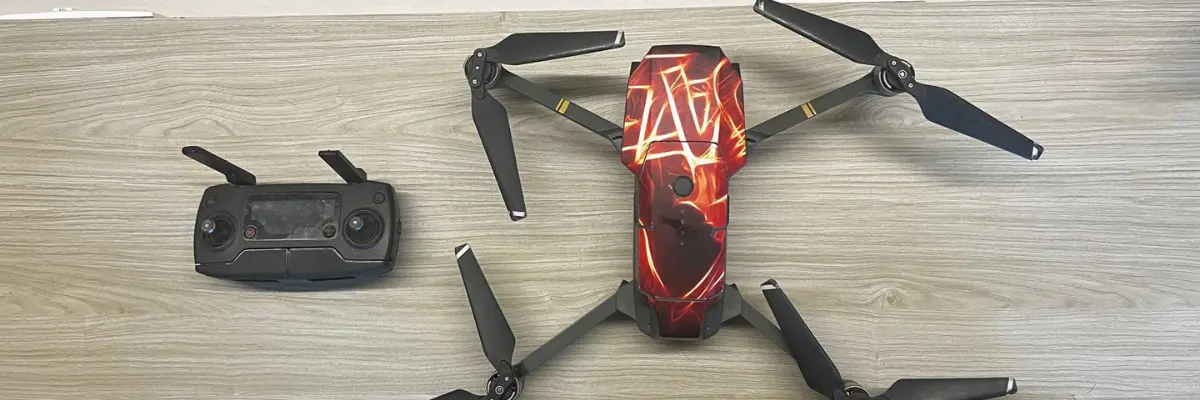
Table of Contents
Whether you are a professional videographer or someone who wants to capture a unique aerial view of Nepal’s majestic landscapes, a drone is an incredible tool that brings your vision to life. However, please note that obtaining drone permits in Nepal is mandatory if you wish to do so.
From the towering Himalayas to ancient temples, a drone offers an eagle-eye aerial view of this magnificence. However, there are certain rules and regulations that you must be aware of before operating drones. If not, you might get into trouble.
Drones, also known as Remotely Piloted Aircraft (RPA) or Unmanned Aircraft Systems (UAS), capture the ups and downs of rivers, lush forests, people strolling, ancient monasteries, remote villages, and more in their natural state.
Flying a drone in Nepal isn’t just about capturing stunning views; it’s also about respecting the laws, local culture, and sensitive zones. The government has established strict protocols to ensure safety, security, and privacy.
Especially in heritage sites, conservation areas, and government offices, you must be extra cautious when operating drones. Or, you might be penalised, have your drone confiscated, or even be captured for it.
So, let’s go through in detail everything you need to know about drone permits in Nepal.
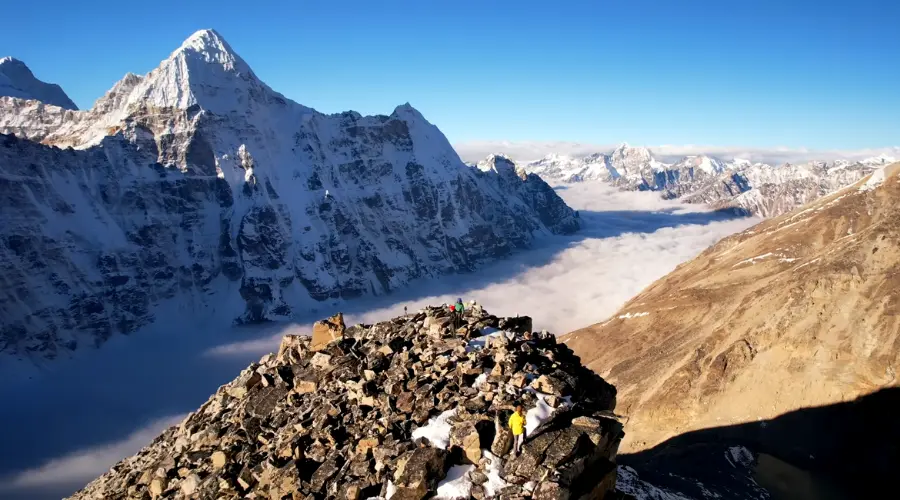
Drone Classification in Nepal
Drones in Nepal are classified into different categories based on their weight.
- Category A (Very Low Risk): Less than 250 grams
- Category B (Low Risk): 250 grams to 2 kg
- Category C (Regulated Low Risk): 2 kg to 25 kg
- Category D (Regulated High Risk): More than 25 kg
For drones weighing less than 2 kg (Category A and B), permits from the Civil Aviation Authority of Nepal (CAAN) are not required. However, it must be flown within private property and at an altitude of less than 200 feet.
In addition, permission from the Department of Tourism, the Ministry of Home Affairs, and the Department of National Parks and Wildlife Conservation is still required.
Can you bring a drone to Nepal?
Yes, you can bring the drone to Nepal. However, you must apply for and obtain all the required permits.
Tourists must register the drone with the Civil Aviation Authority of Nepal (CAAN) and obtain the necessary permits. You can complete the registration either physically or online.
Online Drone Registration in Nepal
To register your drone online, you can follow the following steps.
- Visit the CAAN Drone Registration Portal
- Create an account and fill in the drone details, including make, model, weight, and serial number.
- Upload the required documents.
- Submit the application and wait for verification.
- Once verified, you’ll receive a Unique Identification Number (UIN) for your drone.
Required Documents
- Filled out online application form – RPA/Form/001
- Copy of citizenship or passport with a valid Nepal visa
- A passport-sized colour photo of the applicant
- Purchase receipt or invoice
- A clear photo of the drone showing the drone serial number, manual, and specifications
- Customs clearance certificate by Tribhuvan International Airport
- Registration Fee $50 plus 13% VAT
- Purpose of Operation and Letter of Commitment (for foreigners) – RPA/Form/002
Note: If you want to fly a drone in some specific regions, like the Everest region, there is an additional fee of $1500 for foreigners, NPR (50,000) for SAARC nationals, and NPR 10,000 for Nepalese. These fees are paid to the Department of National Parks and Wildlife Conservation (DNPWS) and are non-refundable.
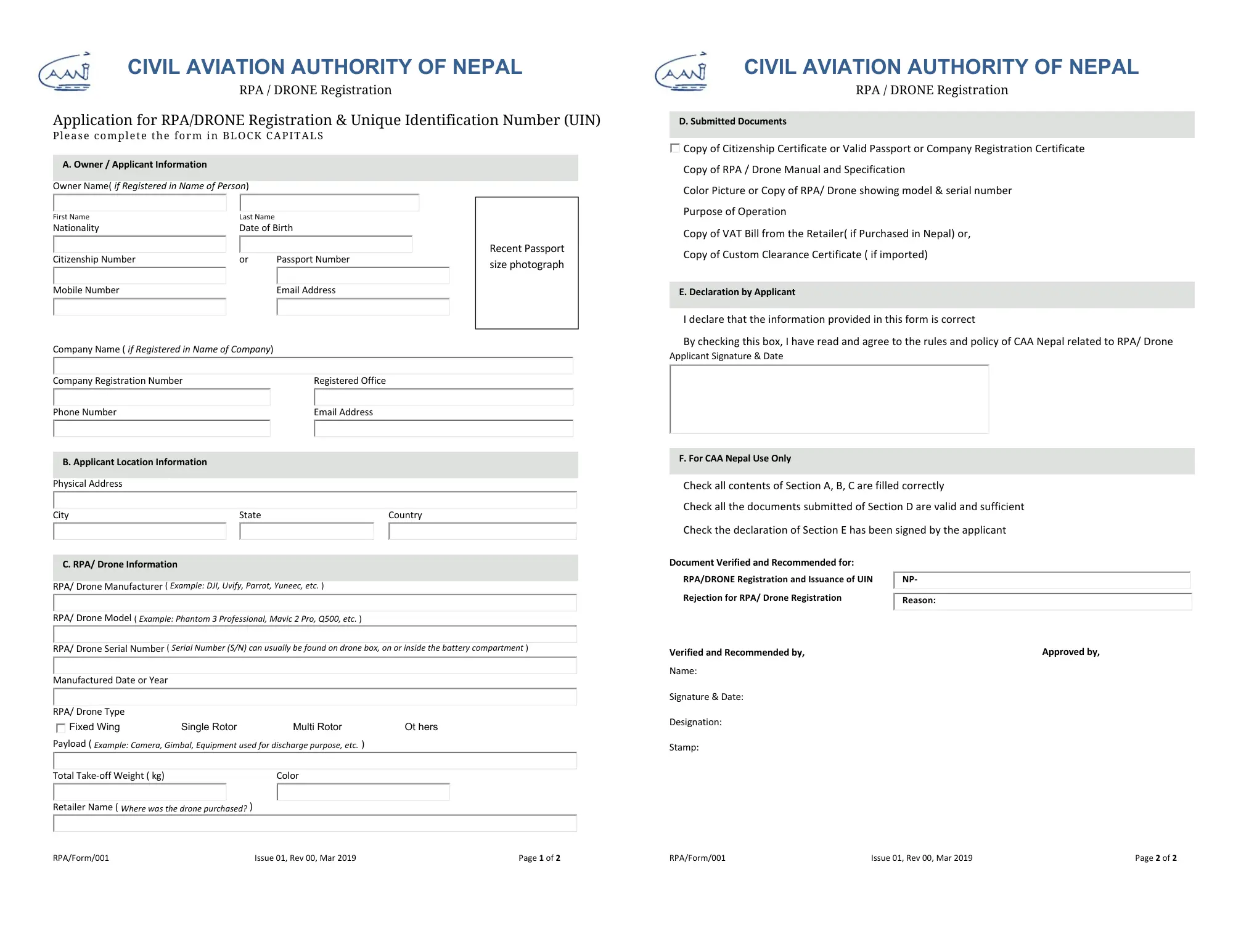
General Rules for Flying Drones in Nepal
Here are some general rules that drone drivers must know before flying a drone in Nepal.
- All drones must be registered with CAAN before flying. Operators can fly the drone only after they receive a unique Drone Identification Number (DIN) upon registration.
- For drones weighing over 2 kg or bandwidth exceeding 2.4 MHz, you need to issue different drone permits in Nepal. You will need permits from the Department of Tourism, the Ministry of Home Affairs, and the CAAN.
- Be a responsible drone operator; don’t fly recklessly.
- Drones are only allowed to fly up to 120 meters (394 ft) high.
- Without permission, drones are not allowed to carry or drop any articles or animals.
- The Civil Aviation Authority of Nepal strictly prohibits drones from flying within a 5 km radius of any airport or other restricted zones, such as military bases, government offices, or sensitive locations like the President’s or Prime Minister’s residence.
- The operator must keep the drone within sight during flight.
- Flying drones is only allowed during daylight hours and in clear weather conditions.
- Drone operators must keep drones at least 30 meters (98 ft) away from people, animals, and property.
- Do not fly drones over or within 150 meters (492 ft) in a crowded place with more than 1,000 people.
- Liability insurance is either recommended or mandatory, depending on the drone’s size and flight area.
- If you’re using a drone for commercial or media purposes, you require additional permissions from the Ministry of Home Affairs, the Ministry of Culture, Tourism, and Civil Aviation, CAAN, and the Department of National Parks (if only filming in conservation areas is required).
- Do not disturb religious sites, ceremonies, wildlife, or personal space. Take permission before filming individuals.
Note: For further details or any queries, you can contact CAAN at +977 14262387.
Additional Rules and Regulations for Foreigners
- Check the airline regulations and drone policies to ensure the drone you are carrying meets the security requirements.
- For foreigners, you must apply for and obtain all permits before bringing a drone into Nepal. You can obtain these permits through a local agency or a licensed contractor.
- Letters from the General Administration, Home Ministry, Tourism Ministry, Foreign Affairs Ministry, Defence Ministry, and Federal Affairs Ministry are required.
- Ask your trip organiser to write a letter about your tour plan.
- You must submit a letter of commitment to comply with the laws and guidelines of the Nepalese government.
Cancellation of Drone Operation License
There are certain conditions under which your drone operation license can be cancelled.
CAAN has already sent a show cause notice (a formal warning asking the pilot to explain the purpose of the flight before cancellation). The pilot is given a chance to present a reasonable reason. If they accept the plea, they can continue to operate the drone or their license will be cancelled.
Drone Permits in Nepal for Conservation Areas
The sole purpose why anyone would bring a drone to Nepal is to capture its beauty in its natural state. They want to capture stunning panoramic vistas, beautiful landscapes, temples, terraced farmlands, rivers, lakes, and high passes in Nepal, among other sights. The best way to enjoy all this is by hiking or trekking through different conservation areas of Nepal.
However, operating a drone within any conservation area in Nepal is strictly prohibited without permission. The authorities allow drones in conservation areas only after you obtain all necessary permits and operate under strict supervision.
For any special purpose, such as research or study, you need to get permission and a permit from the Department of National Parks and Wildlife Conservation.
Restricted Areas for Drone Flights
Avoid flying drones in the following areas:
- Within 5 km of airports and international borders.
- UNESCO World Heritage sites and sacred sites, such as Budhanilkantha Temple, Pashupatinath, and Swoyambhu Nath, among others.
- Singha Durbar and residences of the President, Prime Minister, and other officials (within a 1 km radius).
- Military and high-security zones.
- Conservation areas and national parks (without necessary permits).
- Conflict zones.
- Patan, Bhaktapur, and Kathmandu Durbar Square.
Classification of Drone Usage
Based on the guidelines of CAAN, the usage of drones in Nepal is categorised on the basis of the purpose of the flight and the area where it is flown.
Based on Task or Purpose
CAAN classifies drone usage into different categories depending on why the drone is being flown. Such as:
- For recreational uses, such as flying for fun or personal photography.
- Filming for commercial purposes or for mapping, delivery, surveys, etc.
- Research and Development, testing new drone technologies, or for scientific purposes.
- Used for governmental or security purposes.
- For journalism or mass communication projects.
Based on the Sensitivity of an Area
Drones can also be classified based on where they are being flown, based on their sensitivity or restricted areas.
- Restricted Areas: In restricted areas like Tsum Valley and Nar Phu Valley, no drones are allowed without special permission. Additionally, within the radius of military zones, airports, international borders, and high-profile governmental facilities, flying drones is strictly prohibited.
- Sensitive Area: Around historical sites, religious places, and densely populated areas, only with special approval can drones be flown.
- General Areas: CAT A and CAT B drones in general areas like open fields, rural zones, non-restricted forests, etc., can be flown without basic permissions under safety guidelines.
Qualification and Training of RPA/Drone Pilot
A person flying RPA must meet the following qualifications:
- Should be at least 18 years old of age.
- Have basic knowledge or training related to radio frequency communication.
- Must have Knowledge about the drone equipment.
- Learn about control and communication systems.
- Have knowledge based on the purpose of the flight, be it cultural, geographical, technical, social, economic, or restricted areas.
How long are drone permits in Nepal valid?
A drone registration certificate is only valid for one year. Make sure you renew it regularly for continued legal operations.
Tips for Flying Drones in Nepal
Here are a few tips that you can take for safe and secure drone operation.
- Always carry your drone registration certificate and permits.
- Avoid flying over crowds or private properties without consent.
- Do not fly above 400 feet without special authorisation.
- Respect local customs and privacy.
- Stay updated on local weather conditions to ensure safe flights.
- Ensure responsible tourism and do not disturb natural wildlife and their habitats.
- As per the rules formulated by the Nepal government, it is prohibited to fly drones during nighttime. Keep that in mind.
- Make sure any footage you share, shot by drone, is not directed to disrespect anyone or anything in particular. If there are any, try editing it.
Can I fly a drone without a permit in Nepal?
No. Flying a drone without a permit in Nepal is illegal. Flying a drone without a permit can lead to serious consequences, such as arrest, fine, or confiscation of the drone, based on the severity of the violation.
How has the Nepal Government been using drones?
The Nepal Government has been using drones in various sectors to improve efficiency and support national development.
Conservation areas like Chitwan and Bardiya have been using drones to monitor endangered species and control/prevent poaching.
Likewise, it has been used to monitor climate change. In the Himalayas, drones are used to study glaciers. It has also been used in mapping high-risk zones and search parties during natural disasters.
Additionally, in remote regions, drones are used to deliver medical supplies, improving healthcare access.
One of the most significant uses of drones can be seen on mountains. Each year, thousands of trekkers and mountaineers head towards the towering peaks of Nepal. In the meantime, they leave hundreds of tons of garbage behind, especially during expeditions. So, drones have been used to carry back this garbage.
Want to know more?
Speak to an Expert





Sandip Dhungana
Nepal 🇳🇵
Whatsapp: +977-9823636377

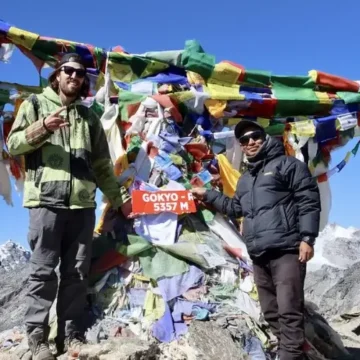
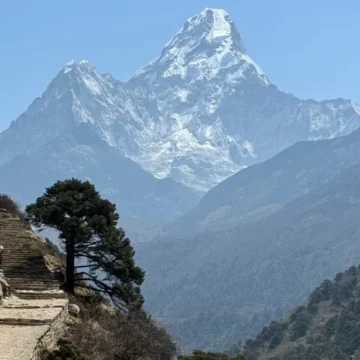
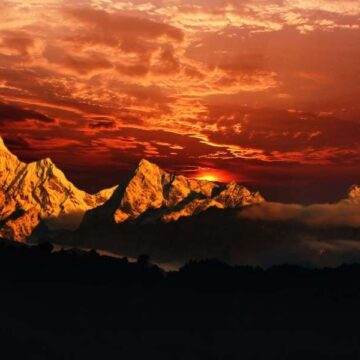
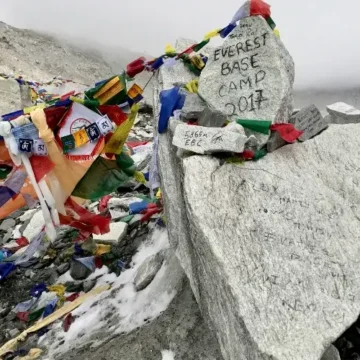
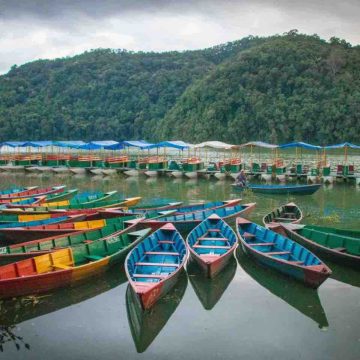

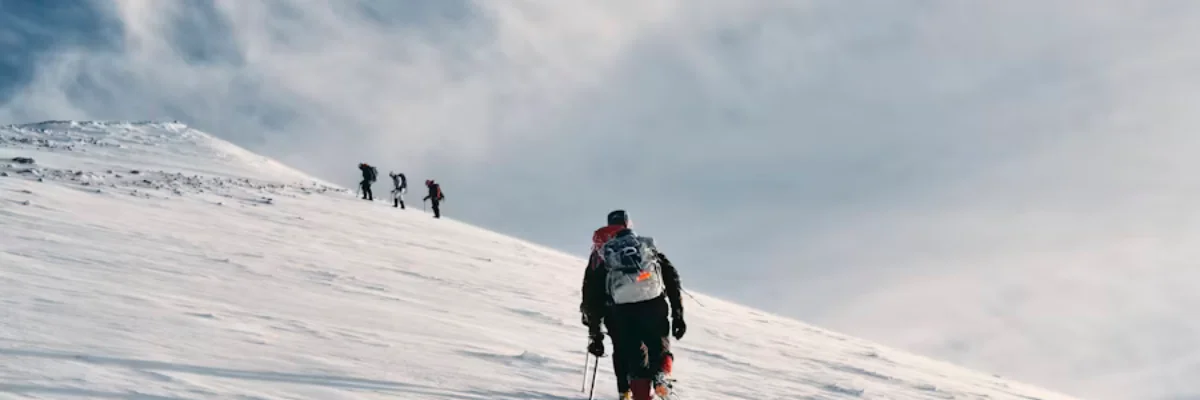
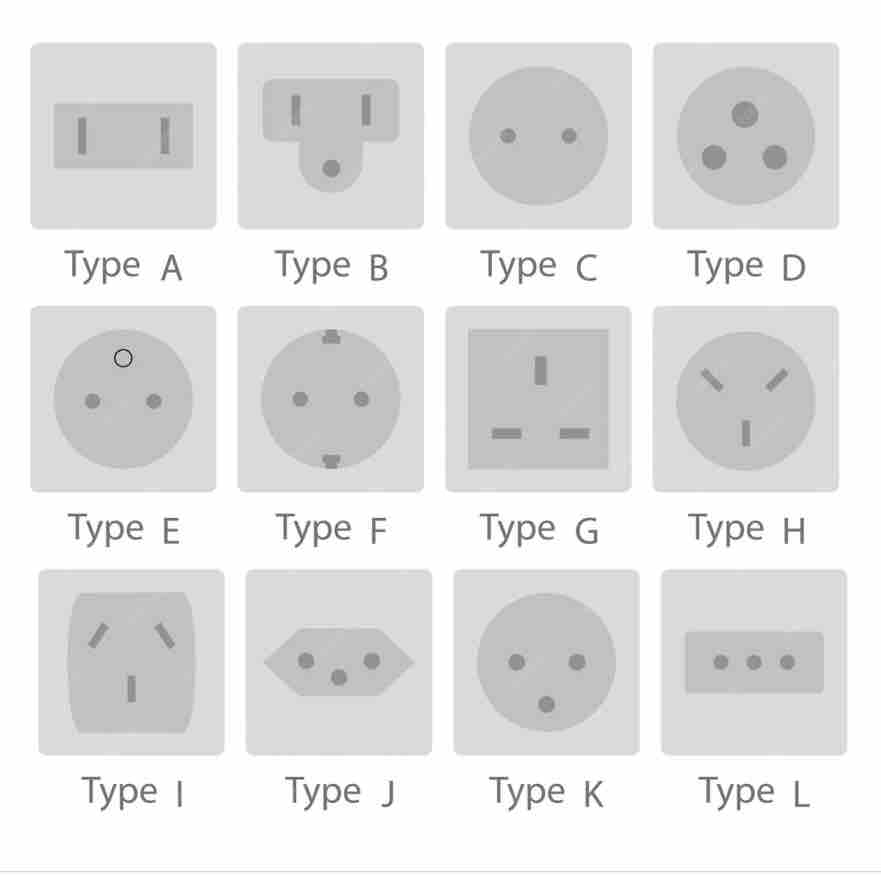
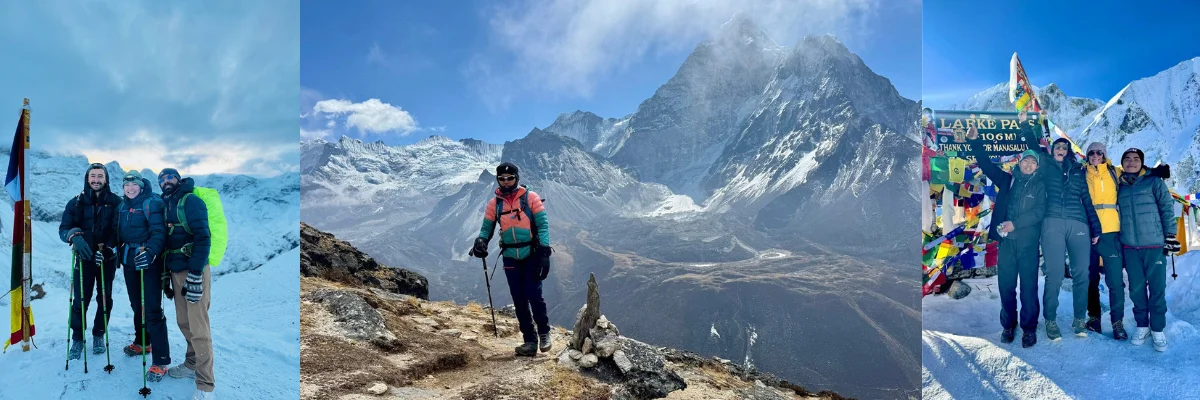
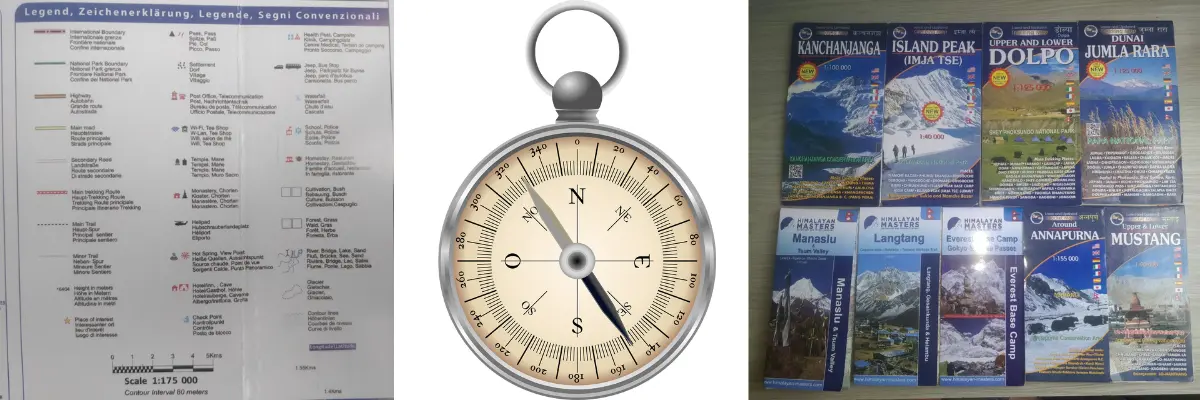
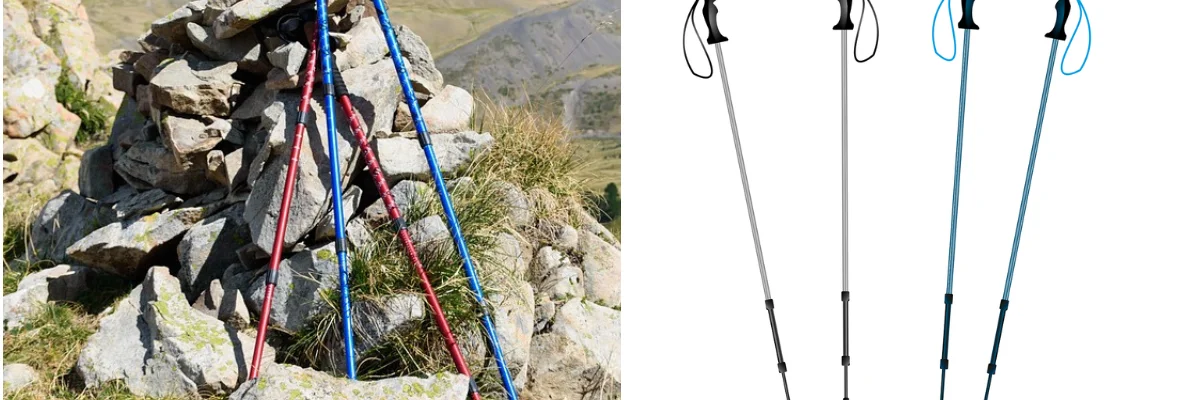
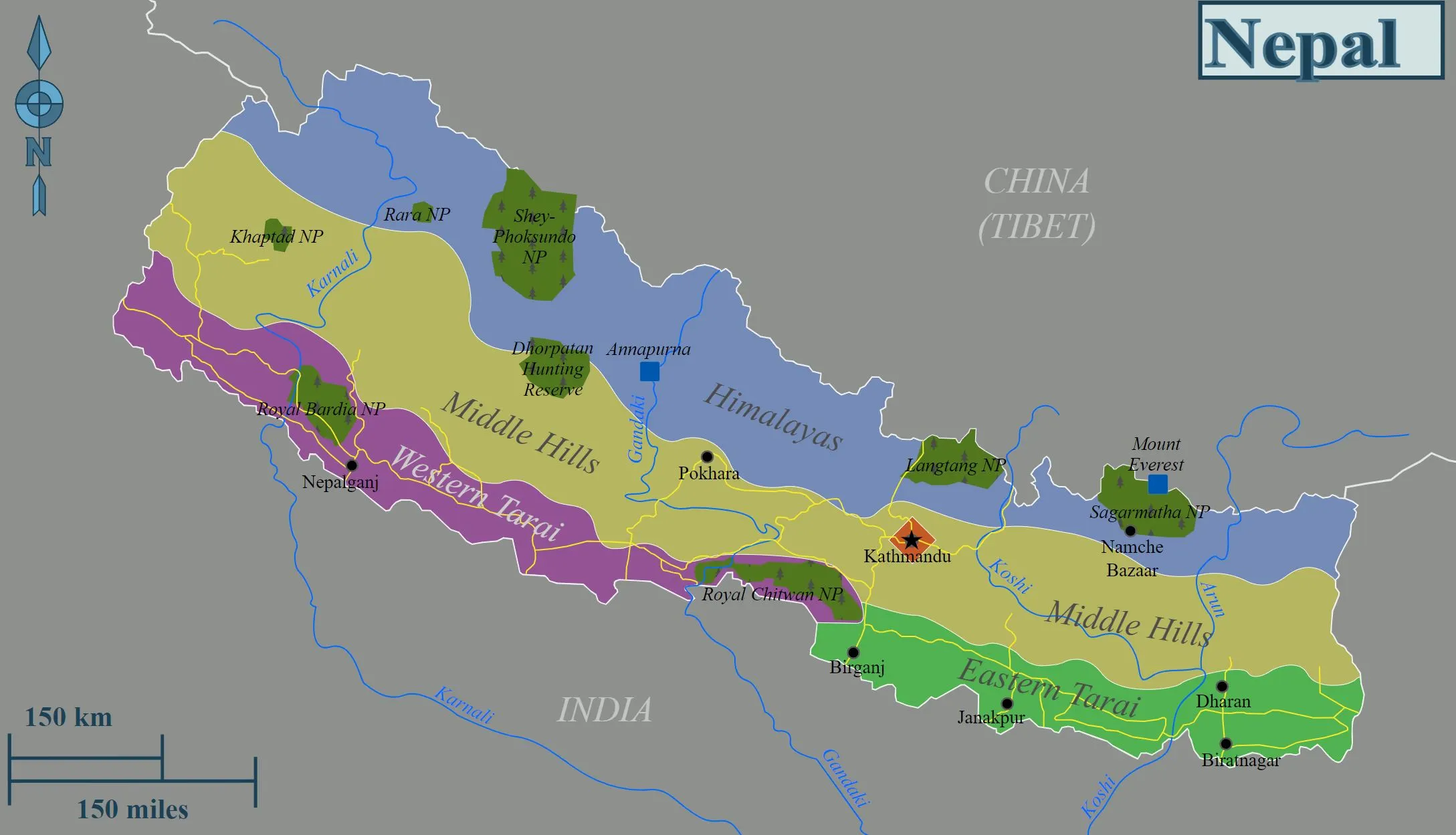










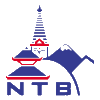
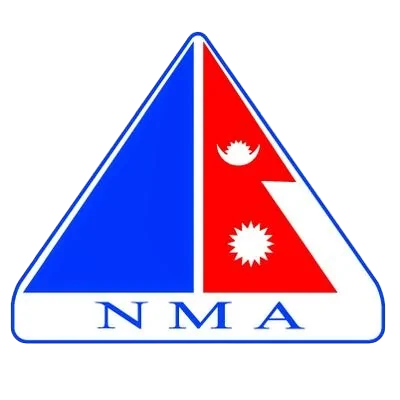

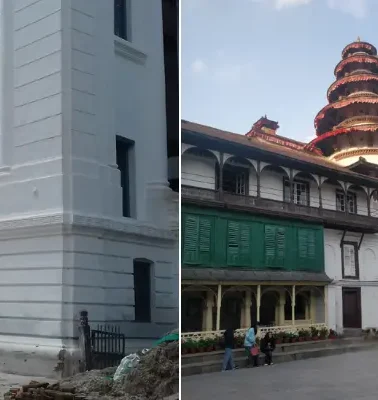

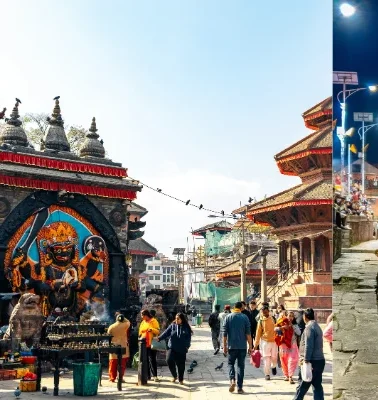
Leave Your Comment